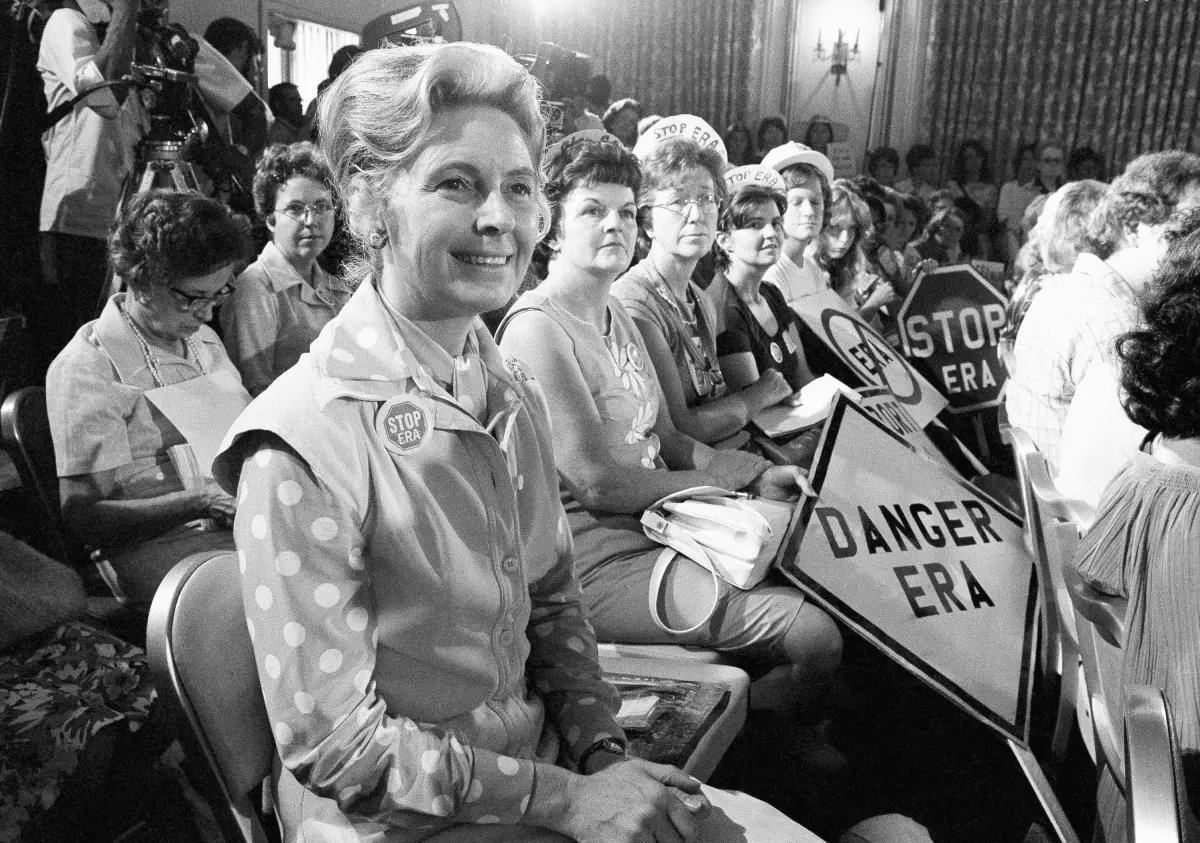The Phyllis Schlafly Report
By John and Andy Schlafly
The voting bloc that swung to the Republican side last November to give the GOP control of the White House and Congress was men under 30, who have traditionally voted Democrat by large majorities. They shifted by double-digits from Biden in 2020 to Trump and Republicans in 2024.
But congressional Republicans are doing nothing for young men to retain their support, and they may return to the Democrat Party if this inattention by the GOP continues. For younger men and for fathers who have sons in high school, a top issue is an opportunity to compete in college sports.
Trump issued an executive order last Thursday to warn colleges against eliminating more sports teams in non-revenue, or Olympic, sports. Observing that “the future of college sports is under unprecedented threat,” Trump ordered the protection of college sports that are not money-makers for colleges, which is virtually every sport except football and basketball.
Bipartisan legislation to save college sports, called the SCORE Act, will be debated in the House when it returns after the August recess. Sens. Ted Cruz (R-TX) and Cory Booker (D-NJ) have also teamed up from opposite sides of the aisle in the Senate.
But it is former President Bill Clinton’s Department of Education regulation that makes men’s college sports an endangered species on the verge of extinction. Called the “proportionality test,” it requires that colleges eliminate men’s sports teams until the proportion of men in competitive sports at a college does not exceed the overall percentage of men enrolled in academic classes there.
This quota fails to recognize that an opportunity to play sports is what men look for in deciding whether to go to college, in contrast with the typical reasons why women make that decision. Women’s overall enrollment has increased to 60% at many colleges, so the quota forces cutting men’s teams down to only 40% of sports competitors.
The Olympic sport of men’s wrestling is an example. It is safer than football and better for physical conditioning and weight control, and is booming in high schools now. Participation has increased by 25% since 2022, to attain a record 45-year high of 300,000 boys competing in this high school sport.
A half-century ago there were 155 Division I college men’s wrestling teams, but today there are only 79. That is nowhere near enough to support the demand for wrestling by boys who graduate from high school and are looking to attend college to continue their love of this terrific sport.
Newly elected conservative Sen. Bernie Moreno (R-OH) wrote a letter in February criticizing the decision by Cleveland State University to eliminate its men’s wrestling program. Wrestling is inexpensive, needing only a spongy mat and a coach, and this program was profitable at Cleveland State University as it has been at most colleges that have eliminated it.
“On behalf of my constituents, I would like to have an open and thorough discussion on this matter as many Ohioans, myself included, found this decision disquieting,” Sen. Moreno wrote. He pointed out that the school’s wrestlers had the second-highest GPA among Division I wrestling programs, behind only Harvard.
Save Cleveland State Wrestling brought together alumni, wrestlers at the college, and their parents, and it could easily raise any funds needed for the program. But while colleges never admit this, Bill Clinton’s Department of Education’s proportionality test is usually the real reason that these wrestling programs are eliminated.
Women comprise 55% of the student body at Cleveland State, which means that men’s sports participants can total only 45% of overall participation. Teams that have many members, like wrestling, track, swimming, and baseball, are being eliminated due to Clinton’s misinterpretation of Title IX.
In June, lawfare against the NCAA for additional compensation to college athletes culminated in a $2.8 billion settlement expected to impose enormous new financial burdens on athletic departments that are already stretched thin. This payout, which will enrich attorneys the most, will have the effect of ending many Olympic, non-revenue college teams.
“If you’re trying to stay compliant with Title IX, I don’t know how non-revenue men’s sports aren’t the sports that are more apt to be eliminated,” said Patrick Rishe, the sports business program executive director at Washington University in St. Louis. Recent examples include Grand Canyon University abruptly ending its men’s volleyball program days after it successfully reached the Final Four in the annual national tournament.
Saint Francis’ men’s basketball team was spectacular this year by qualifying for the March Madness tournament, but this college is shifting from Division I to III to avoid the tidal wave of expenses and changes about to hit. It complained that college sports are being taken away from playing for the “love of the game.”
Young men elected Republicans last November, and the GOP should help those who took them to the dance in D.C.
John and Andy Schlafly are sons of Phyllis Schlafly (1924-2016) and lead the continuing Phyllis Schlafly Eagles organizations with writing and policy work.
These columns are also posted on PhyllisSchlafly.com, pseagles.com, and Townhall.com.

